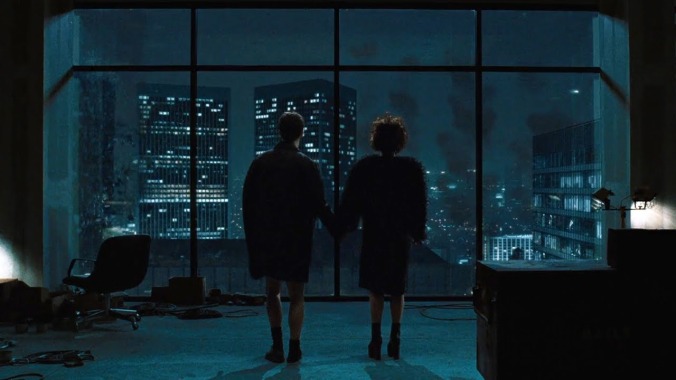Examining David Fincher's keen, thoughtful use of pop music in film
Pop music has long served to elevate key moments in film, but it can also serve as a crutch emblematic of Hollywood bloat, especially of late—“Putting ‘Fortunate Son,’ ‘Bohemian Rhapsody,’ ‘Sympathy For The Devil,’ and ‘Spirit In The Sky’ in the same movie has to count for some kind of record,” we wrote in our review of last year’s Suicide Squad. Sure, Queen can make pretty much any footage look cool, but there’s an art to effective pairing.
As the above video essay from The Discarded Image shows, David Fincher gets it. His dark, formal work in film probably isn’t the first body of work one might consider when it comes to merging pop with film, but this is the same guy who directed Madonna’s “Express Yourself” video and closed out Fight Club with the Pixies’ “Where Is My Mind?” But, as the essay points out, Fincher didn’t just choose “Where Is My Mind?” because it sounds cool, nor does it function solely on the way its lyrics dovetail with the film’s themes. The key is the song’s acoustic intro, which provides a sense of release and catharsis after a series of events best described as exhausting. It works that way on Surfer Rosa, too.
The essay also explores how Fincher worked with Davie Bowie’s “The Heart’s Filthy Lesson” in Seven, The Beatles’ “Baby, You’re a Rich Man” in The Social Network, and Led Zeppelin’s “In The Light” in his recent Netflix series, Mindhunter. His use of “In The Light,” in particular, is one of his most effective uses of music, as well as and one of his most resonant. When juxtaposed with the action, the song’s lyrics point to a terrifying revelation for protagonist Holden Ford.
